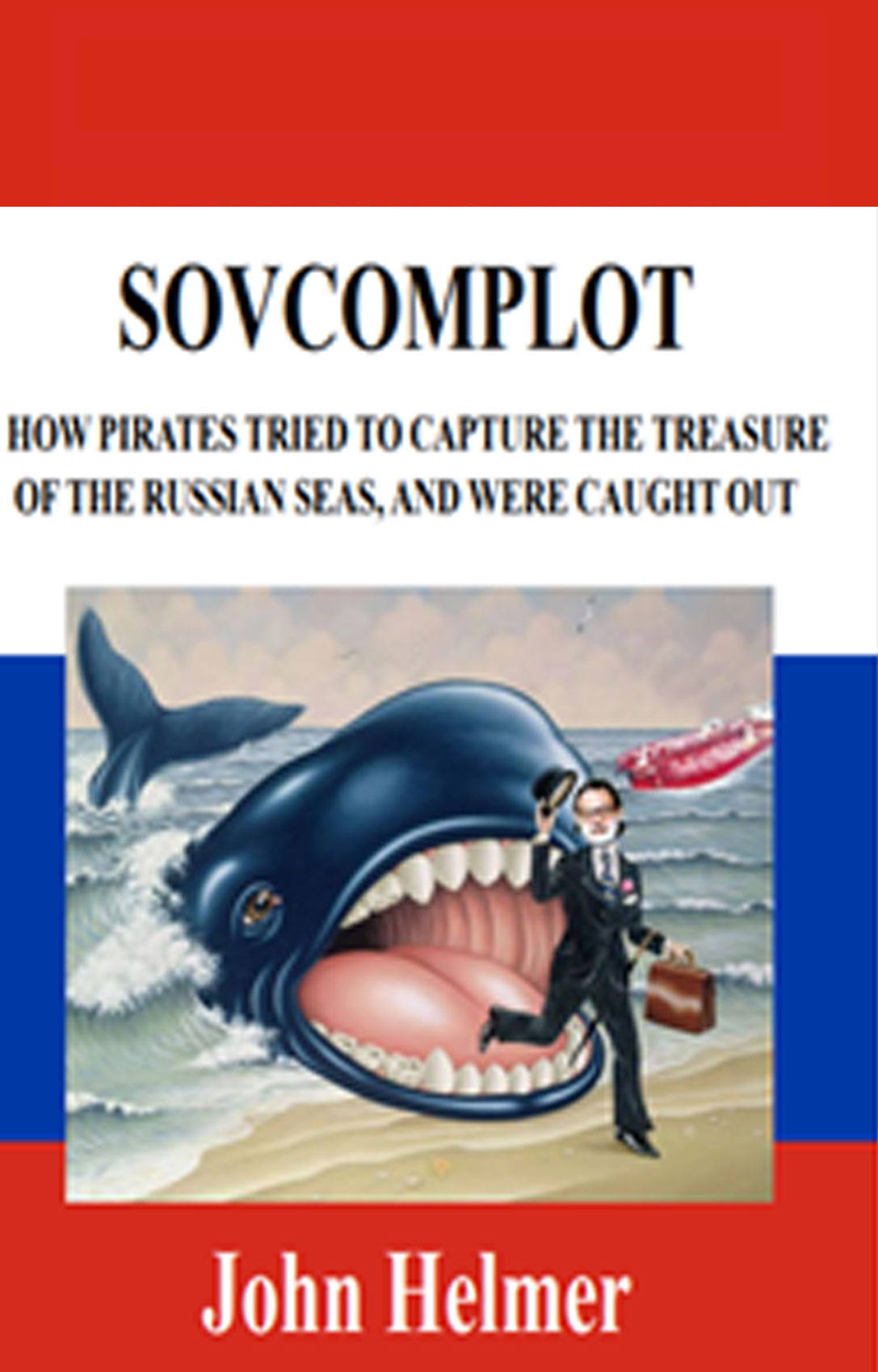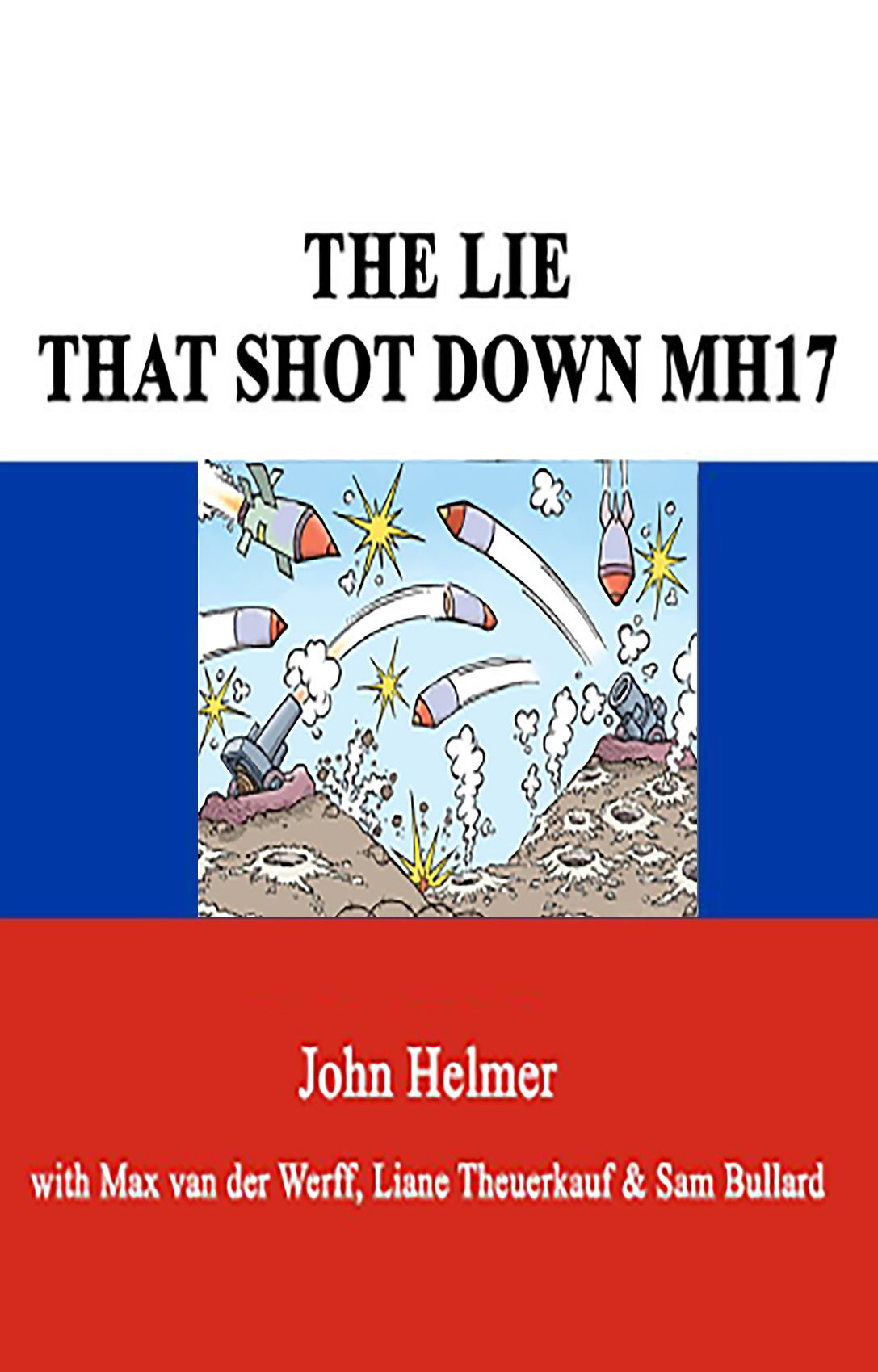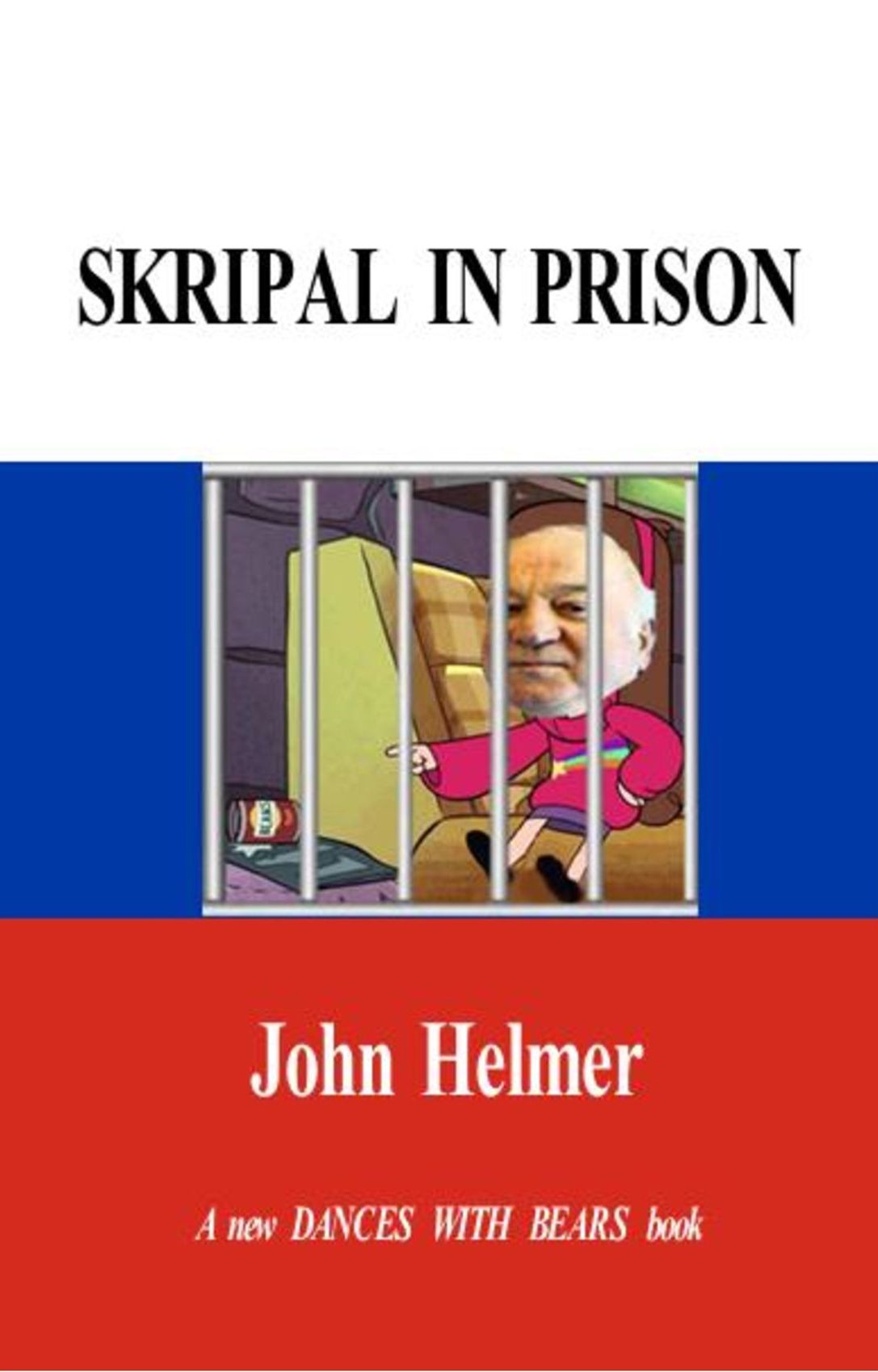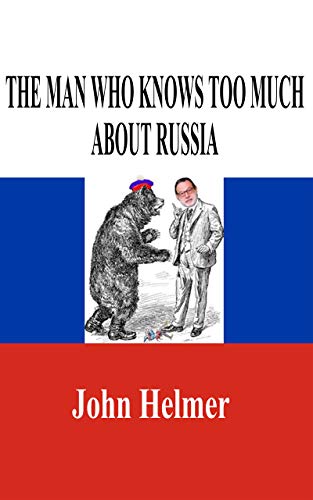By John Helmer in Moscow
Alrosa is negotiating with Lazare Kaplan International (LKI) to decide whether to renew their expiring rough supply and polishing contract, or wind up their relationship. The talks and the details of the longstanding relationship between the two companies remain shrouded in unusual secrecy.
Alrosa sources say it is not certain whether the expiring contract, signed for a 10-year term in March 1999, will be renewed.
A Russian source told PolishedPrices that “everything regarding the Alrosa-LKI contract is hidden and non-transparent. The reason for this is that LKI has very advantageous conditions under this contract, according to which they have the right to pick the stones before buying.” In 2005, Alexander Nichiporuk, then Alrosa’s chief executive, sought to terminate the contract, because he believed Alrosa was penalizing itself in supplying rough on LKI’s terms. He did not prevail, and in February 2007, Nichiporuk was replaced by Sergei Vybornov. He is supervising the current negotiations, along with Sergei Uhlin, who runs Alrosa’s international marketing strategy. Neither agreed to comment on the issues in negotiation at the moment.
LKI, which reported in January that it is currently losing money on rough and polished sales, does not publish the value of the diamonds it buys from Alrosa, and cuts in Moscow, before exporting them. A company statement last month referred to the March 1999 agreement, and added: ” Under the terms of this agreement, the Company sells polished diamonds that are cut in facilities jointly managed and supervised by the Company and ALROSA personnel. The proceeds from the sale of these polished diamonds, after deduction of rough diamond cost, generally are shared equally with ALROSA.”
In the six months ending November 30, 2008, LKI is reporting that revenues from its sales of polished were down 21% to $61.1 million. Sales of rough in the same period fell 50% to $58.5 million.
Alrosa has announced that it has halted all sales of rough to the commercial market, in order to concentrate on restoring the balance between supply, inventories, and demand.
The Russian Customs Committee has revealed to PolishedPrices that, without public disclosure, it has stopped publishing diamond export data. Detailed figures for rough exports, including caratage and US dollar value declared at export, were published for the years 2005 and 2006; these data also identified the main export destinations for the russian diamond trade. No subsequent data for 2007 or 2008 have been published, and Customs claim not to know why. In addition, the four Russian Customs’ codes in current use for the diamond trade make it impossible to separate data on exports of rough from exports of polished goods, and to distinguish between the two.
Russian industry sources say this enables LKI to withhold releasse of the annual value of its rough purchases, and any difference that may exist between the export value declared to Russian Customs and the value declared on subsequent importation. The sources also note that the US may not be disclosed in export documents for Russian rough or polished, which are channeled through European hubs like Antwerp, or through Israel and Hong Kong, before they finally enter the US market.
Roman Pipko, a senior executive at LKI in the company’s New York headquarters, was asked to give a range of value for LKI’s exports from Russia over the past three years. He was also asked to say what stumbling blocks there may be to resolve in the current contract talks. Pipko told PolishedPrices he is “not at liberty to discuss these issues.”
The clash of interests between Alrosa and LKI has so far not leaked into the press, as it did in mid-2005, when LKI’s chairmaan Maurice Tempelsman appealed to Finance Minister Alexei Kudrin, who is chairman of the Alrosa board, to overrule Nichiporuk’s termination decision. At the time, it was reported that cherry-picking and valuation were the main issues in conflict.
The accusations were not new then. When the Soviet Union collapsed in 1991, Tempelsman began a courtship with government officials in Moscow to try to supplant De Beers, then the exclusive buyer of Russian rough exports. At first, Tempelsman offered LKI’s technical expertise to Moscow Kristall, a state-owned polisher, and to the state agency in charge of diamonds at the time, the State Committee for Precious Metals and Gemstones (Komdragmet). Between 1992 and 1996, LKI had an agreement with Komdragmet to cut, polish and market specials selected out of the state stockpile. LKI executives acknowledged later that about $20 million worth of specials were produced each year. De Beers, however, alleged that LKI and Komdragmet were submarining smaller sizes of rough through this scheme.
In December 1993, Tempelsman sent a memorandum to the then Russian Finance Minister Boris Fyodorov, proposing to arrange US Government backing for a $3.3 billion loan to the Kremlin, secured by the state stockpile of diamonds. The LKI deal attempted to top the billion-dollar loan which De Beers had made to the Soviet government in 1990 in return for five years of exclusive export rights. Tempelsman’s offer was rejected.
Three years later, as De Beers, Alrosa and the Russian government wrestled over terms for a renewal of the De Beers export agreement, which had expired in 1995, LKI agreed with Komdragmet, and its successor at the Finance Ministry, on a 5-year contract to continue cutting specials. Tempelsman also invited the newly established Alrosa to supply rough for a 10-year cutting and marketing venture. Sensing the threat to its exclusive marketing arrangement, De Beers asked Alrosa for an option to buy specials for its new agreement. These had been excluded from the terms of the 1990-95 deal with De Beers’s Central Selling Organization; they remained the Russian state’s prerogative to sell on its own, or through other buyers, like LKI.
Alrosa and the Finance Ministry refused the request from De Beers, and the joint venture with LKI continued to cut and trade specials. But the volume was less than LKI wanted, and in May 1998, the deal was modified to include a wide range of rough. While Leon Tempelsman of LKI believed the annual output of the joint venture, at its inception, would be between $45 and $60 million, he announced in 1998 that, with the new terms, “there is now no ceiling.” To encourage Alrosa management to channel more than $100 million worth of rough through LKI, Maurice and Leon Tempelsman offered to arrange US Export-Import Bank guarantees for substantial new financing for Alrosa’s mining operations. Alrosa’s first major foreign loan – a $60 million credit from the Bank of New York for the purchase of equipment from Caterpillar and other US suppliers – had been agreed in 1996, with repayment secured through an escrow account into which LKI paid Alrosa for its diamond supplies. LKI’s 1998 offer to Alrosa was that it should supply more rough for cutting, in order to be able to borrow more from US banks. In time, the Alrosa management judged that it could arrange larger loans on better terms, without tying repayment to diamond supply commitments, either to LKI or to De Beers.
Nichiporuk’s move to terminate the contract in 2005 signaled that the tied-supply arrangement with LKI was becoming as obsolete as Alrosa’s exclusive marketing obligation to De Beers. Now, following the end of trade with De Beers last December, and the suspension of all market sales, Vybornov is facing an unprecedented challenge to sustain Alrosa’s operating cashflow in the short term, and also to diversify Alrosa’s outlets for the future.











Leave a Reply